Rollerball Pen vs. Ballpoint Pen: A Comparison
Choosing the right pen can be a daunting task. With so many options available, it's easy to feel overwhelmed.
Ballpoint and rollerball pens are two popular choices. But how do they differ? And which one is right for you?
In this article, we'll delve into the world of pens. We'll compare ballpoint and rollerball pens, exploring their features, benefits, and drawbacks.
We'll also touch upon alternatives, such as fountain pens. This will provide a comprehensive understanding of writing instruments.
Whether you're a student, a professional, a writer, or a pen enthusiast, this guide is for you.
Understanding Ballpoint Pens
Ballpoint pens are a staple in offices, schools, and homes worldwide. They are known for their reliability and ease of use.
The mechanism of a ballpoint pen is simple. It uses a small rotating ball made of steel, brass, or tungsten carbide. This ball dispenses oil-based ink onto the paper.
Ballpoint pens are versatile. They can write on various surfaces, including glossy or textured paper. This makes them a popular choice for everyday writing tasks.
However, writing with a ballpoint pen requires more pressure. This can lead to hand fatigue during prolonged use.
Understanding Rollerball Pens
Rollerball pens, while similar in design to ballpoint pens, offer a different writing experience. They are known for their smooth and fluid writing.
The mechanism of a rollerball pen involves a water-based or gel ink. This ink is dispensed through a ball mechanism, similar to a ballpoint pen.
The ink in rollerball pens flows more freely. This results in a writing experience that requires less pressure, similar to a fountain pen.
However, the ink in rollerball pens tends to dry out faster. This can lead to smudging if the ink does not have enough time to dry.
The Ink Factor: Composition and Performance
The ink used in pens plays a significant role in their performance. Ballpoint pens use oil-based ink, while rollerball pens use water-based or gel ink.
The oil-based ink in ballpoint pens is less prone to drying out. This makes them a reliable choice for long-term use. However, it requires more pressure to write, which can lead to hand fatigue.
On the other hand, the water-based or gel ink in rollerball pens provides a smoother writing experience. It requires less pressure, making it a comfortable choice for extended writing sessions. However, it tends to dry out faster and can smudge if not given enough time to dry.
- Ballpoint pens: Oil-based ink, requires more pressure, less prone to drying out
- Rollerball pens: Water-based or gel ink, requires less pressure, prone to smudging
Durability and Longevity of Pens
When it comes to durability and longevity, ballpoint pens generally have the upper hand. Their oil-based ink doesn't dry out as quickly as the water-based or gel ink in rollerball pens. This means that a ballpoint pen can last longer, even if it's not used regularly.
Rollerball pens, on the other hand, can dry out if left uncapped. This can lead to a shorter lifespan. However, many rollerball pens are refillable, which can extend their life.
The physical durability of the pen can also be a factor. Both types of pens can be quite durable, but this often depends on the brand and model.
In terms of longevity, it's important to consider both the lifespan of the ink and the physical durability of the pen itself.
Price and Affordability
Ballpoint pens are generally more affordable than rollerball pens. They are often sold in bulk, making them a cost-effective choice for everyday use.
Rollerball pens, while typically more expensive, offer a premium writing experience. They are often seen as a more luxurious choice.
However, prices can vary greatly depending on the brand, model, and design of the pen. It's always a good idea to compare prices and consider your budget before making a purchase.
Maintenance and Care: Tips for Pen Longevity
Maintaining your pen can extend its life and improve its performance. For ballpoint pens, this often means storing them in a cool, dry place and keeping the cap on when not in use.
Rollerball pens require a bit more care. They should be stored upright to prevent ink leakage. Also, cleaning the tip regularly can prevent clogging and ensure a smooth ink flow.
Regardless of the type, it's important to handle pens with care to prevent damage to the tip or barrel.
Environmental Impact and Sustainability
The environmental impact of pens is often overlooked. Disposable ballpoint pens contribute to landfill waste, especially when not recycled properly.
Rollerball pens, particularly refillable ones, can be a more sustainable choice. They reduce waste by allowing you to replace only the ink cartridge.
However, the most sustainable option is to choose pens made from recycled or biodegradable materials. This way, you can enjoy writing while minimizing your environmental footprint.
Alternatives to Rollerball and Ballpoint Pens
Fountain pens are a popular alternative to rollerball and ballpoint pens. They offer a unique writing experience, with a smooth flow and a wide range of ink colors.
However, they require more maintenance and can be more expensive. They are often seen as a luxury item or a collector's piece.
For those seeking a more affordable option, gel pens can be a good choice. They offer a smooth writing experience similar to rollerball pens, but with a wider range of colors and styles.
Conclusion: Making the Right Choice for Your Needs
Choosing between a rollerball and a ballpoint pen ultimately comes down to personal preference. Consider your writing style, budget, and the tasks you'll be using the pen for.
Remember, the best pen is the one that feels right in your hand and meets your specific needs.
- Jim Lawyer, CEO and Founder, Pitchman Pens
Learning more about Fountain Pens here.
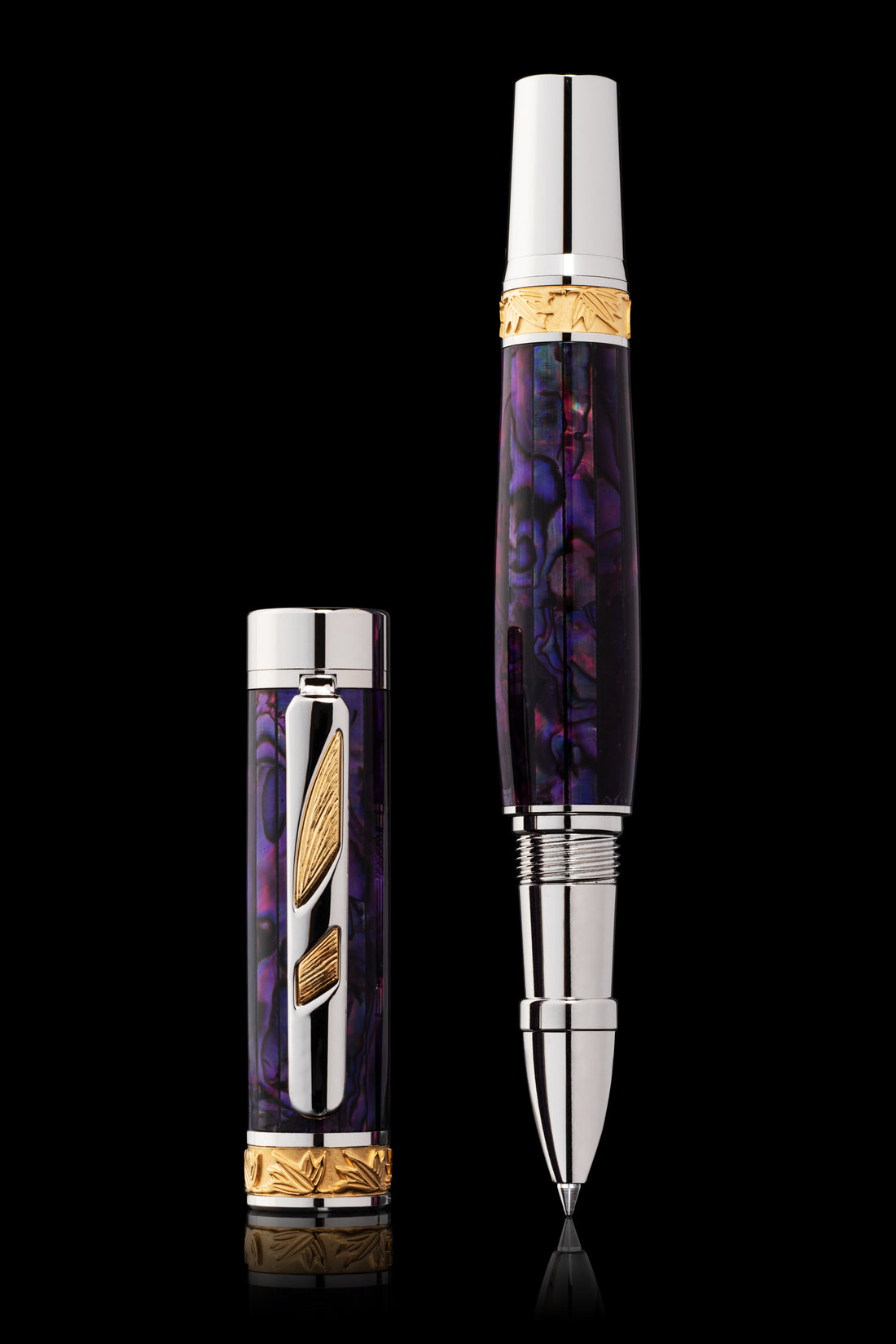
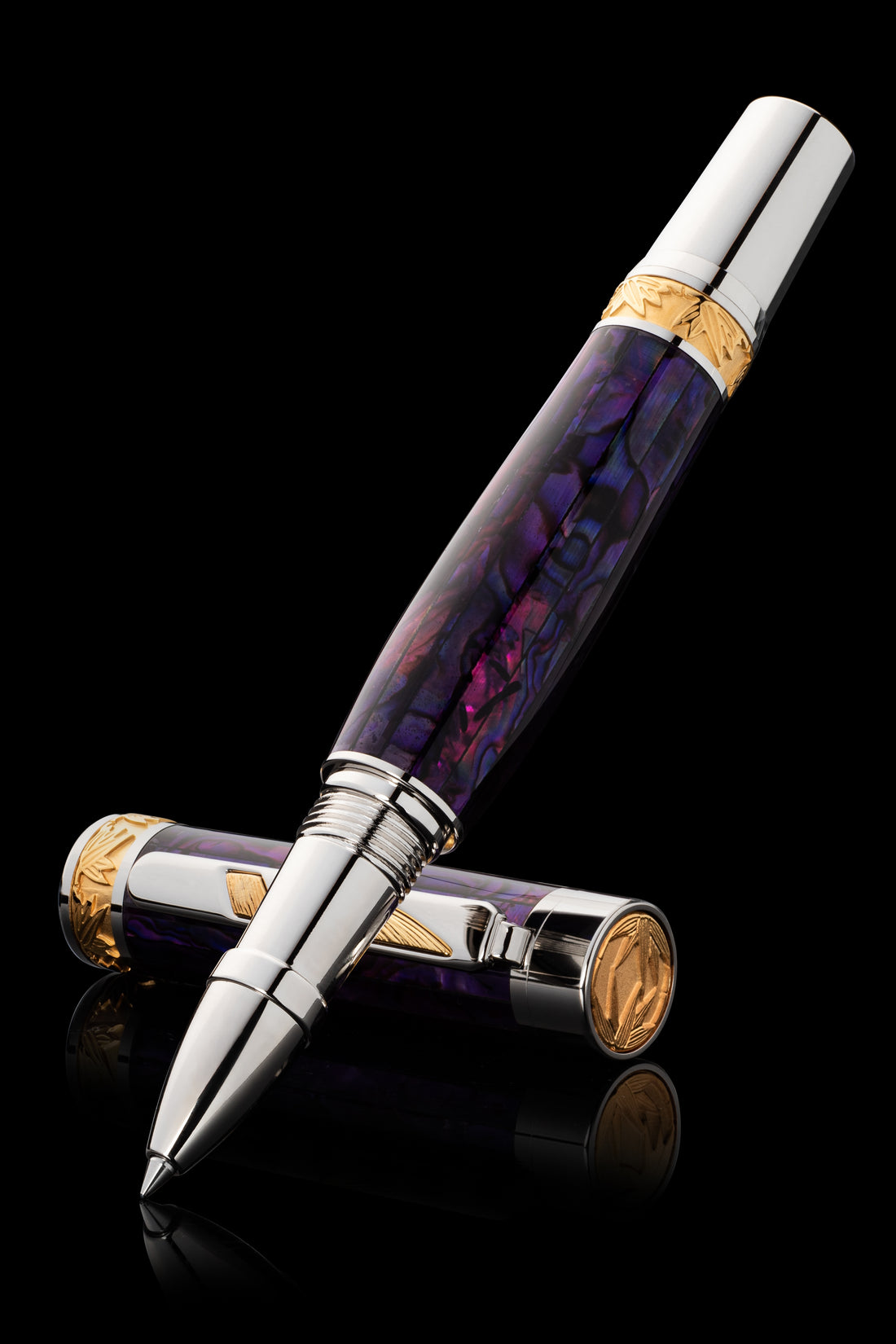 Rainmaker Purple Fancy Rollerball Pen
Rainmaker Purple Fancy Rollerball Pen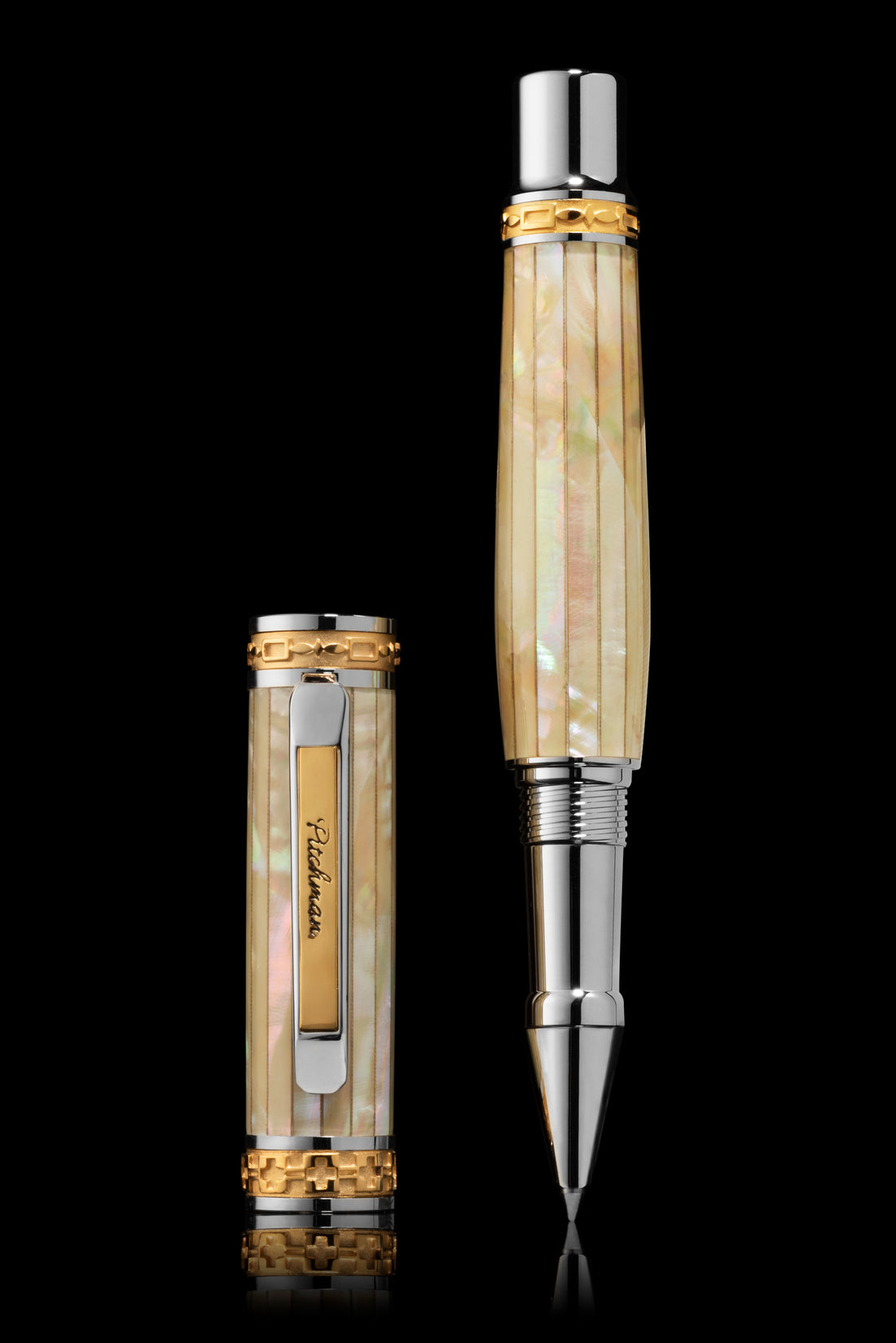
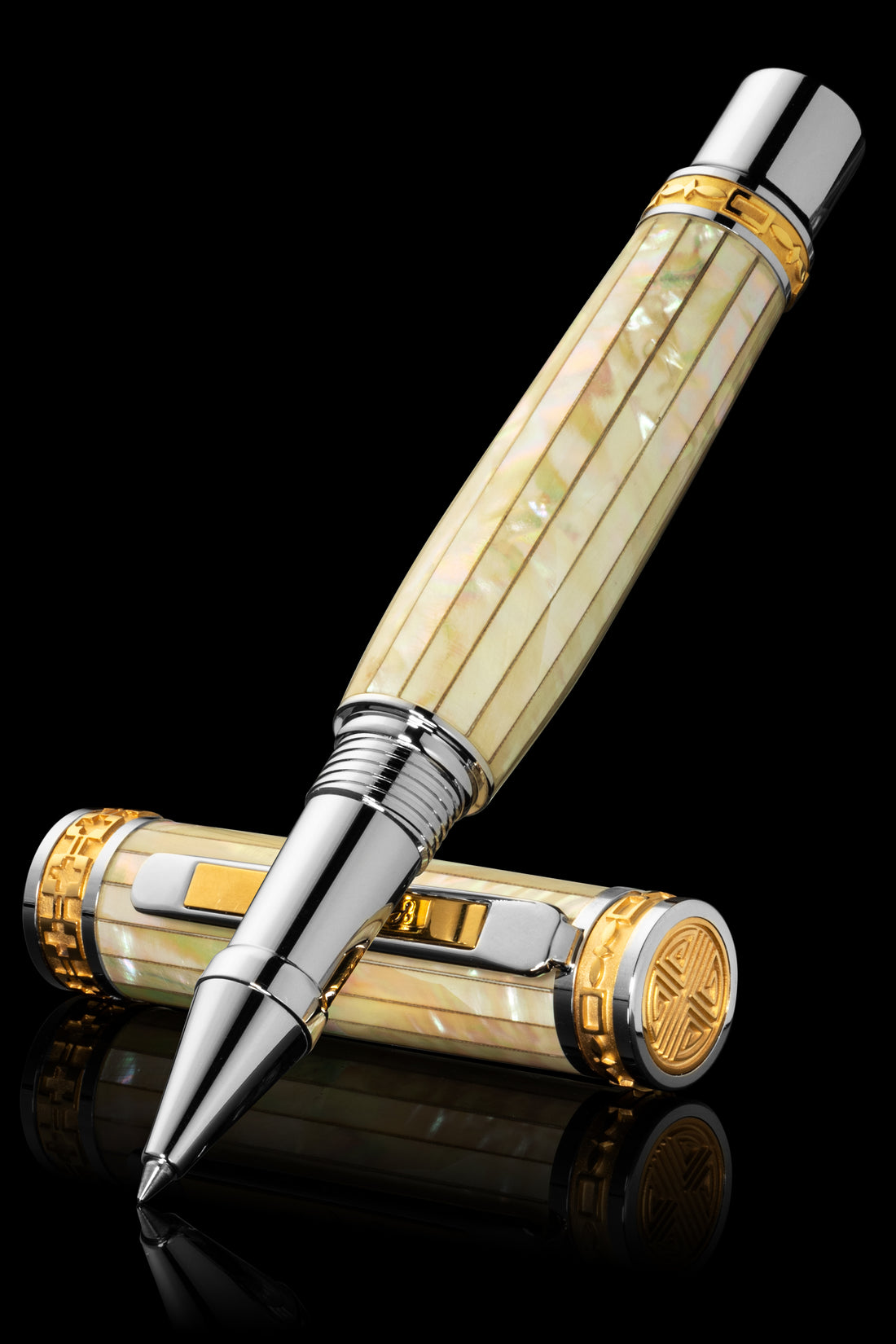 Luxury Corporate Gift | Pitchman Closer Rollerball Pen
Luxury Corporate Gift | Pitchman Closer Rollerball Pen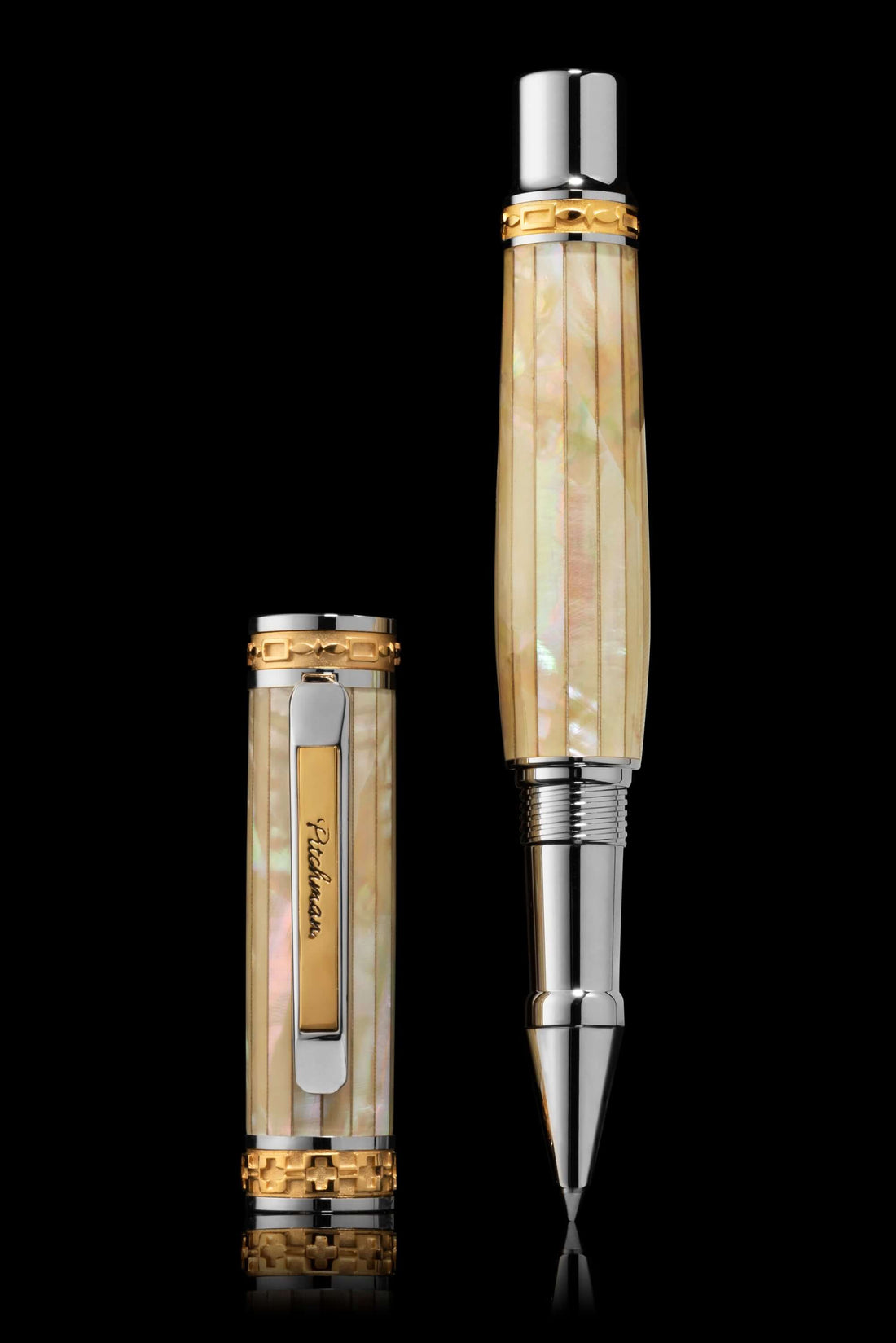
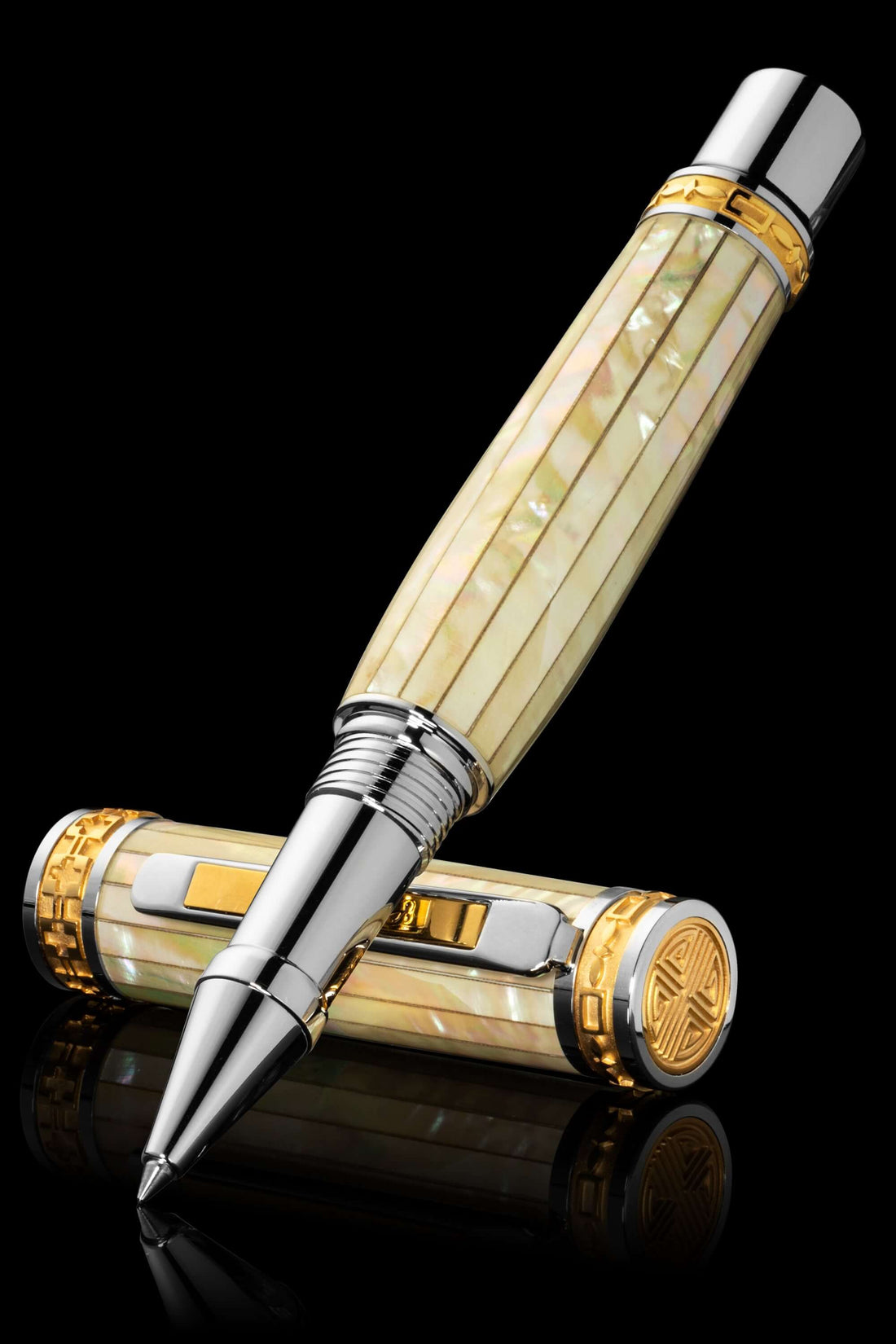 Corporate Luxury Gifts - Closer LUXE Rollerball Pen White
Corporate Luxury Gifts - Closer LUXE Rollerball Pen White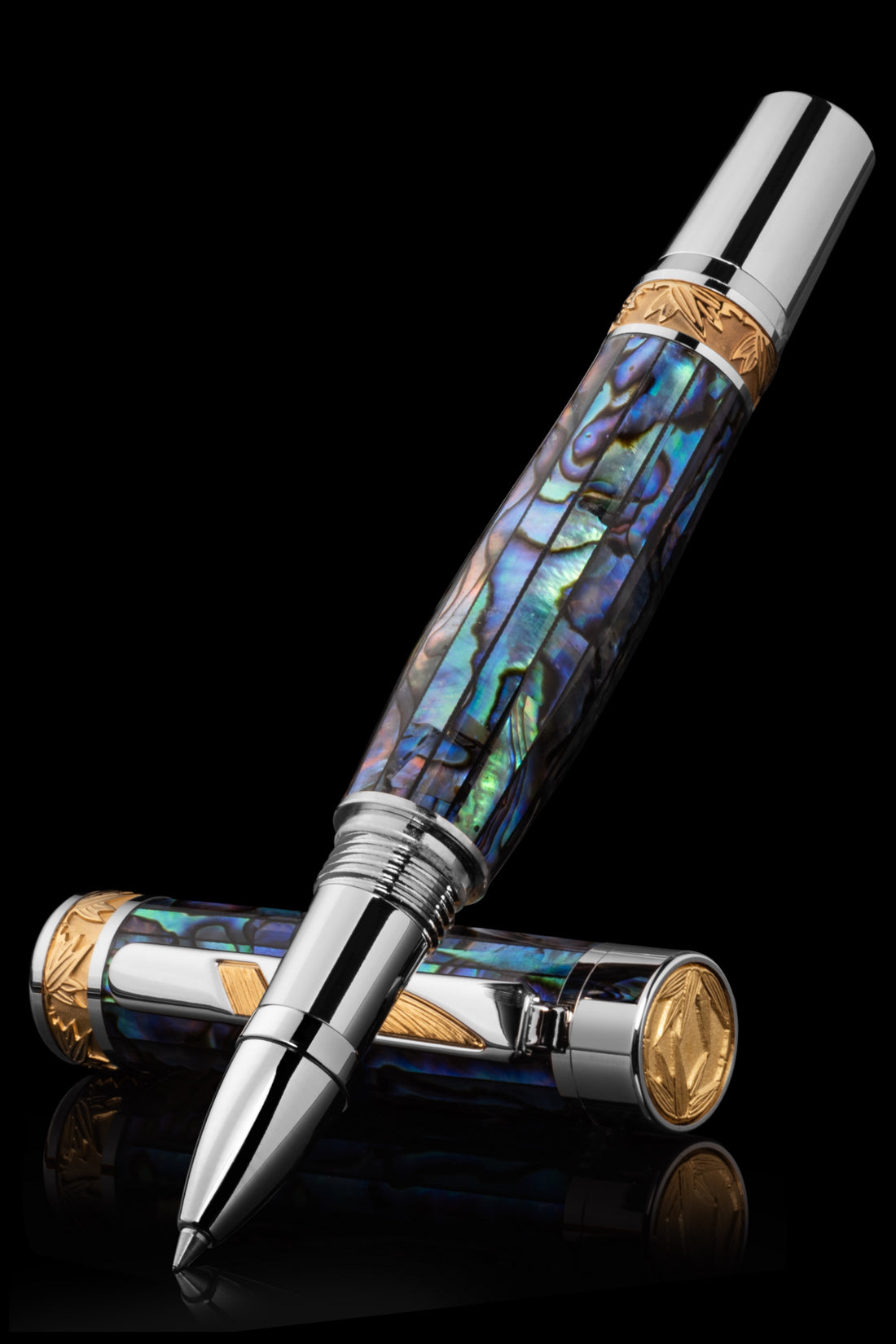
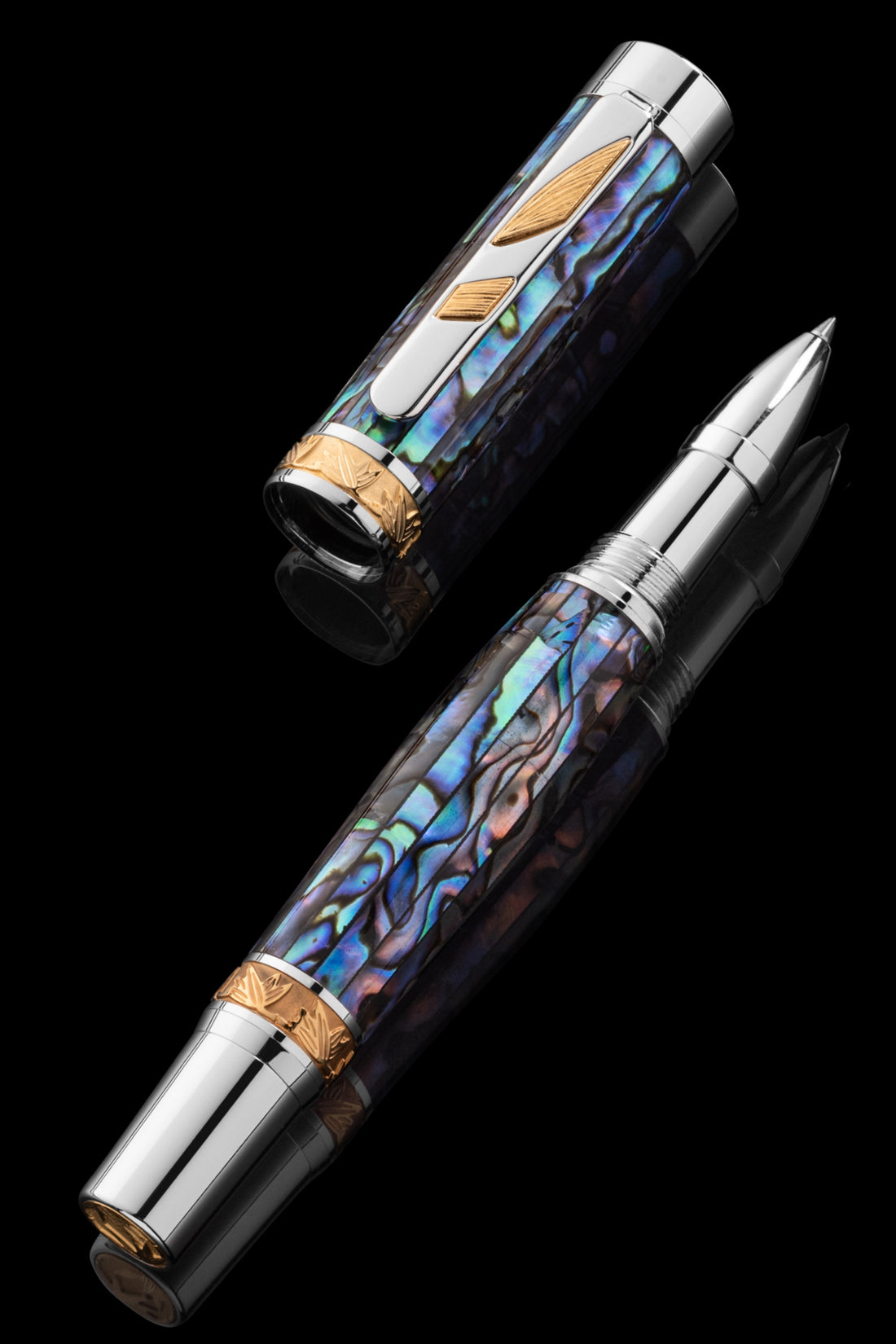 Rainmaker Blue Fancy Rollerball Pen - Postable
Rainmaker Blue Fancy Rollerball Pen - Postable

































